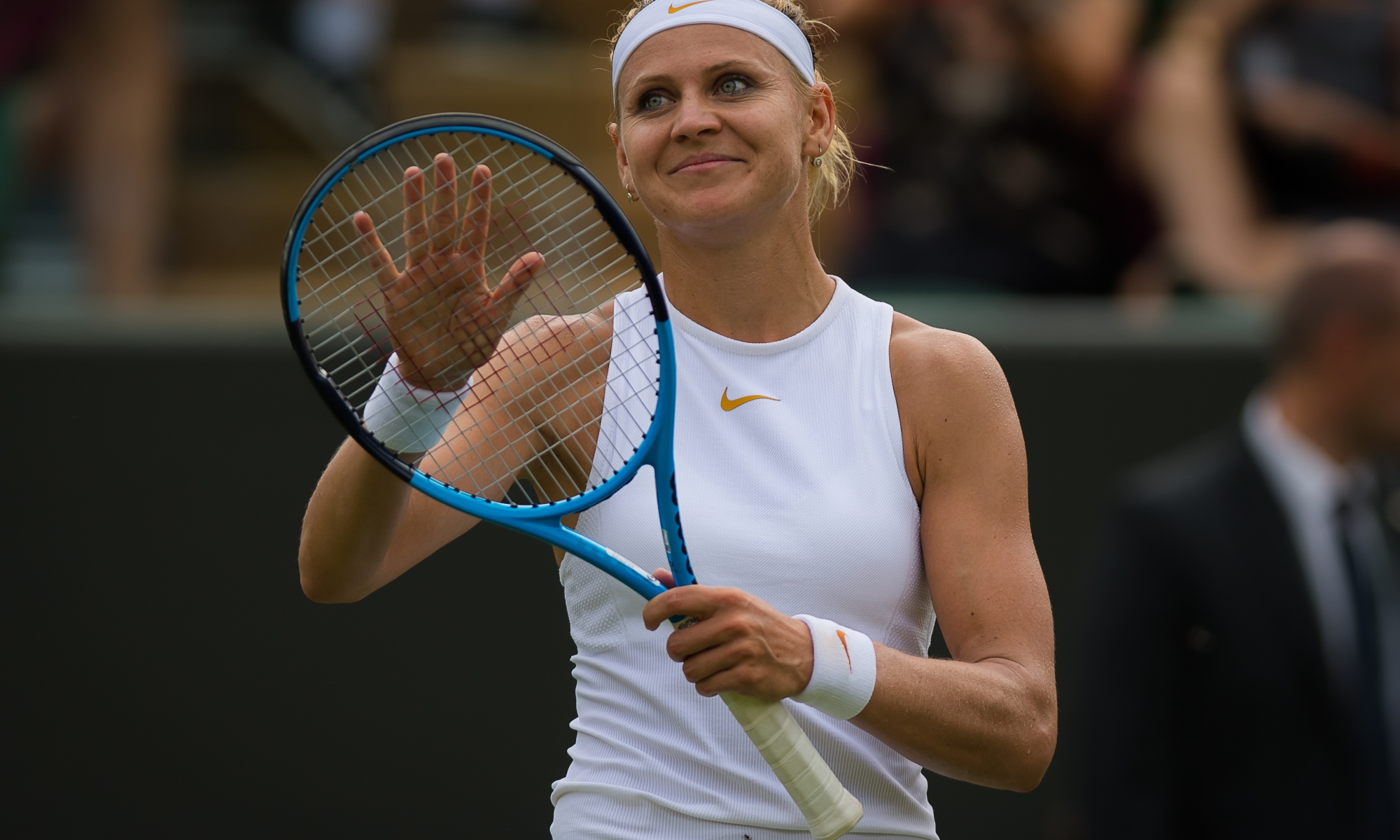by
Briana Foust
Longevity on the tennis circuit is usually defined by age, considering all the great champions who are currently thumbing their noses at Father Time. Ivo Karlovic, Venus Williams, Roger Federer and Serena Williams are closer to 40 than 30. Yet longevity is nothing without a sprinkle of perseverance. Two players who are younger than the names listed above should be celebrated as “iron women” in their own rights.
Lucie Safarova, a 31-year-old player from the Czech Republic, is one of 10 active players to compete in over 50 majors. That is a testament to her resilience as someone who has been snake-bitten in her biggest career moments. Eight months after Safarova lost in the Roland Garros final to Serena Williams in 2015, doctors were warning her that she may never walk again due to a bacterial illness. Fortunately Safarova has been able to return to the sport she loves, but that has not stopped her health from hampering her. Safarova’s 2018 season has been marred by illness — she has played only 15 matches so far this year. She was unable to compete for most of this spring and missed three of the WTA Tour’s biggest events at Indian Wells, Miami, and Madrid. Grass could be a surface that allows her to ease back into playing without high expectations.

Agnieszka Radwanska, on the other hand, was looking to grass as the surface she could use to kick-start her season. The former Wimbledon finalist and junior champion had her record streak — 47 consecutive majors played — come to an end when she had to withdraw from Roland Garros. Radwanska had also not won three matches in a tournament since the 2017 edition of Wimbledon. One could say both players had a lot at stake for a second-round match. Radwanska faced tough odds in trying to replicate that three-match streak against Safarova, who led their head-to-head series, 4 matches to 1.
The first set of the match showed a contrast of styles. Radwanska used her trademark variety of spins on groundstrokes, drop shots, and volleys. Safarova was intent on making as many shots as she could with her powerful lefty forehand. Both players are not known for their serves, but they used accuracy and placement to their advantage to keep the score tied to 5-5. Margins have been historically slim in this rivalry, with 12 of their played sets being decided by a one-break margin. Wednesday was no different, with Radwanska losing her serve after having a break point on Safarova at 5-all.
Safarova was extremely clutch in saving 10 of 11 break points in the match. Her serve kept her in games when nerves were apparent. Early in the match, Safarova was making life easy for herself with 10 unreturned serves. Those unreturnables were a prominent feature of the final game of the match, which included seven deuce points. Radwanska, after trying to play a more powerful brand of tennis for most of the second set, probed her way back from a 4-1 deficit and made life difficult in a 12-minute 5-4 game before Safarova shut the door. The Czech will now go from playing Radwanska, who saved six match points in round one of this tournament, to Ekaterina Makarova, who needed six match points to upset reigning Australian Open champion Caroline Wozniacki on Wednesday.
Longevity in a larger career sense is one kind of debate — the term “longevity” elicits many questions in that particular context. Longevity at this Wimbledon, however, is impossible to debate: Safarova added to it with a hard-earned victory in a matchup of two major finalists from earlier parts of this decade.
